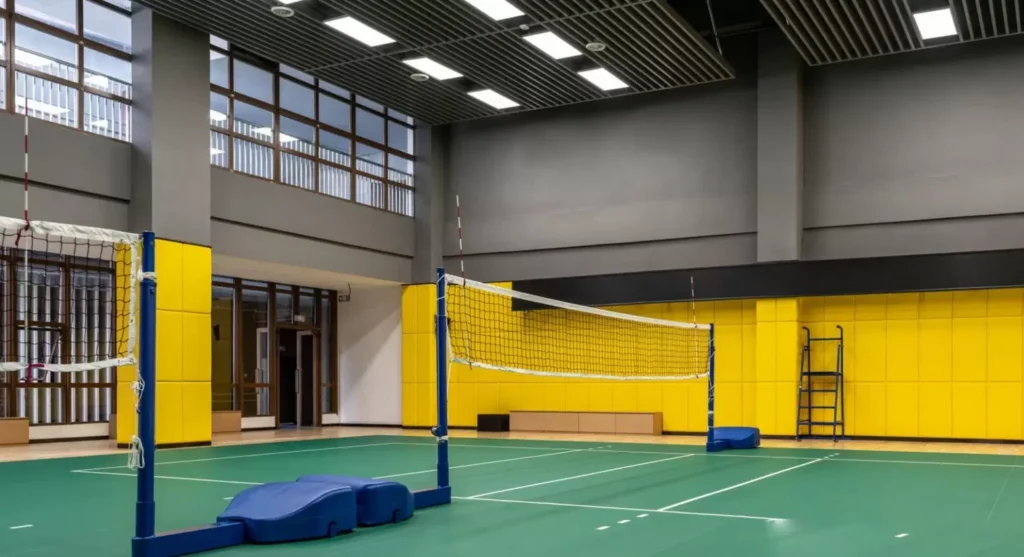High temperature high bay lighting series-Diamond II-Pro
Why choose the right high temperature high bay light for industrial high temperature environment?
1. High-bay environments may have higher ambient temperatures and more dust and oil particles. Heat generated by the LED and its associated circuitry can damage the LED when operating in a high ambient temperature environment and/or in an enclosure with limited space.
2. The right high temperature high bay light has lower power consumption, higher output at higher drive current, longer life, higher robustness, smaller size, faster switching, and excellent durability and reliability.
3. Able to operate continuously in high temperature environment.
4. There are many volatiles in the high temperature environment, which is corrosive to the product.
5. High-temperature industrial lighting is generally installed at a particularly high height, and the maintenance is particularly poor.
6.Suitable for high temperature extreme environments such as glass factories, foundries, power plants, hot rolling mills, blast furnaces, steel manufacturing, chemical plants, etc.

How to choose the right high temperature high bay light?
There are limited lighting products on the market that can operate continuously in high-temperature environments, such as pulp and paper mills, foundries, and glass factories. Excessive temperatures will decrease the lights’ performance and increase their maintenance costs. The Diamond II-PRo Range of high-temperature LEDs is specifically designed for these extreme conditions, providing high lighting levels and long life.
1.The Diamoind II-Pro series can provide high temperature environments up to 70°C and is specially designed to provide reliable lighting in industrial sites with high ceilings and high temperature operating environments.
2.The heatsink material needs to be LM6 or AlSi12;The LED drive must have independent space protection;Resistance to overload: 380 V AC, 48 h (Supports voltage spikes < 4 kV)
3.Ledrhythm Diamond II-Pro high temperature LED high bay light has gone through 5000h experiment
4.Diamond II-PRO successfully lights up at Arconic (Alcoa)
5.Specific parameter reference

6.We should do a good job in the thermal management of light-emitting diodes

LEDRHYTHM N Company L Company








